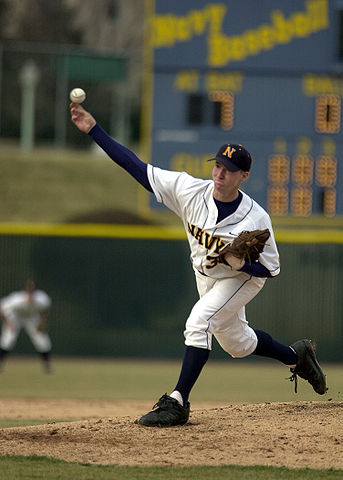
Baseball pitchers are at a greater risk for developing an axillary artery aneurysm. It is speculated that repetitive compression of the axillary artery by the pectoralis minor muscle, humeral head, or both during pitching damages the intimal layer of the artery, which sets the stage for the development of thrombosus or embolism. The posterior humeral circumflex artery may also be damaged in a similar manner. Symptoms frequently reported are coldness, numbness, and pain in the hand, all of which are a result of ischemia. Treatment involves excision of the aneurysm and repair of the vessel. Failure to treat this condition can result in severe consequences including brachial artery occlusion and rupture of the embolism.

Reference
Schneider, K., Kasparyan, N. G., Altchek, D. W., Fantini, G. A., & Weiland, A. J. (1999). An aneurysm involving the axillary artery and its branch vessels in a major league baseball pitcher: A case report and review of the literature. American Journal of Sports Medicine, 27(3), 370-375.